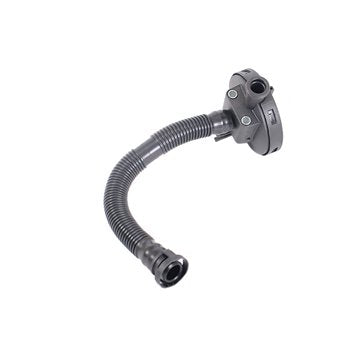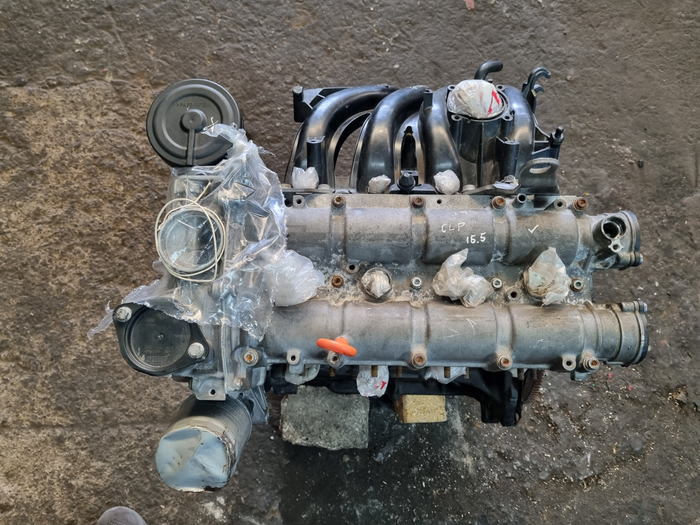Reduce downtime by using a well-maintained clp engine.
Reduce downtime by using a well-maintained clp engine.
Blog Article
Just How a Clp Engine Can Improve Effectiveness in Numerous Industries
The arrival of CLP engines notes a significant change in functional performance throughout various fields, driven by their capacity to enhance fuel intake and decrease downtime. Industries such as production and logistics stand to obtain considerably from their robust design and constant power output, which assure to streamline procedures and enhance performance. As companies significantly prioritize sustainability along with effectiveness, the duty of CLP engines ends up being a lot more crucial. What continues to be to be seen is exactly how these advancements will certainly shape the future landscape of industrial operations and their influence on more comprehensive economic fads (clp engine).
Overview of CLP Engines
CLP engines, or Continuous Liquid Propellant engines, represent a significant improvement in propulsion technology, specifically for room applications. These engines make use of a constant feed system that allows for the continual expulsion of propellant, bring about improved performance and performance compared to traditional solid or hybrid propulsion systems. By preserving a continuous circulation of fluid propellant, CLP engines can attain a lot more accurate thrust control, which is critical for steering spacecraft in various mission circumstances.
The layout of CLP engines incorporates advanced products and innovative fuel monitoring systems. clp engine. This causes minimized weight and increased dependability, essential elements for long-duration space missions. The continual procedure minimizes the threat of burning instability, an usual difficulty in traditional rocket engines.

Benefits in Production
The manufacturing of Continual Liquid Propellant (CLP) engines provides several remarkable benefits that improve both effectiveness and cost-effectiveness. One of the primary advantages is the streamlined production procedure, which lowers the complexity related to standard propulsion systems. By using liquid propellant, suppliers can attain better precision in engine performance, causing enhanced energy output and decreased waste.
Furthermore, CLP engines assist in a greater level of modularity, enabling for less complicated assimilation right into numerous production lines. This flexibility can dramatically lower lead times and enhance general operational flexibility. The usage of CLP innovation likewise tends to decrease the demand for considerable upkeep due to less moving parts, which converts right into minimized downtime and operational costs.

Applications in Logistics
Leveraging Continual Liquid Propellant (CLP) engines in logistics offers substantial advantages in operational performance and integrity. These engines supply a robust solution for different transport needs, enabling the seamless activity of products throughout huge distances. The integral design of CLP engines enables constant power outcome, which converts right into smoother and a lot more foreseeable transportation routines.
One of the crucial applications of CLP engines in logistics is in durable freight transportation, where they can their website drive both ground and aerial vehicles. Their capability to preserve high efficiency under varying load conditions guarantees that delivery timelines are fulfilled, therefore enhancing customer fulfillment. Additionally, CLP engines can be incorporated into automated logistics systems, assisting in real-time monitoring and enhancing course preparation.
Furthermore, the longevity of CLP engines reduces maintenance downtime, allowing logistics companies to maximize their operational capacities. This is particularly advantageous in warehousing procedures, where effectiveness in dealing with and delivering goods is vital. As logistics continues to develop, the combination of CLP engines represents a forward-thinking technique that not only enhances performance but also supports the market's growing demands for reliability and rate.
Influence On Power Effectiveness
Exactly How do Constant Liquid Propellant (CLP) engines improve power efficiency in transportation? CLP engines make use of a regular circulation of liquid gas, optimizing burning processes and keeping a stable thrust result. This style decreases energy losses connected with conventional burning engines, where fuel delivery can vary and bring about inefficiencies.
The continual operation of CLP engines permits a much more efficient thermal cycle, leading to higher details impulse compared to traditional engines. clp engine. This equates to lowered gas intake for the very same amount of job done, considerably reducing operational prices throughout various transportation sectors, consisting of aviation and maritime sectors
In addition, the capability of CLP directory engines to maintain optimal efficiency under varying lots problems lowers the requirement for regular acceleration and deceleration, even more enhancing gas efficiency. Boosted energy efficiency not just adds to set you back savings but also brings about reduce greenhouse gas emissions, aligning with worldwide sustainability goals.
Future Trends and Innovations
Arising advancements in Constant Liquid Propellant (CLP) engine modern technology pledge to reinvent the landscape of transport efficiency and sustainability. As sectors pivot towards greener alternatives, CLP engines stand at the leading edge, integrating cutting-edge products and design techniques that enhance performance while minimizing ecological influence.
One of the most appealing fads is the adoption of hybrid systems that integrate CLP engines with renewable resource resources. This harmony can maximize fuel consumption and lower discharges, aligning with worldwide sustainability objectives. Additionally, developments in computational liquid dynamics (CFD) are promoting the design of more aerodynamically efficient engines, resulting in decreased drag and improved fuel performance.
Moreover, the growth of wise tracking systems is readied to enhance functional effectiveness. These systems take advantage of data analytics and IoT innovation to maximize engine performance in real-time, guaranteeing that the engines operate within their most reliable criteria.
As research study remains to explore different sites propellant solutions-- such as biofuels and artificial fuels-- the future of CLP engines looks appealing. By using these technologies, industries can not only improve their efficiency however additionally add dramatically to a cleaner, a lot more sustainable future in transportation.
Verdict
In verdict, CLP engines represent a considerable innovation in effectiveness across multiple industries. The assimilation of advanced materials and fewer relocating components decreases upkeep requirements, while positioning with sustainability goals settings CLP engines as a pivotal technology for the future.
Report this page